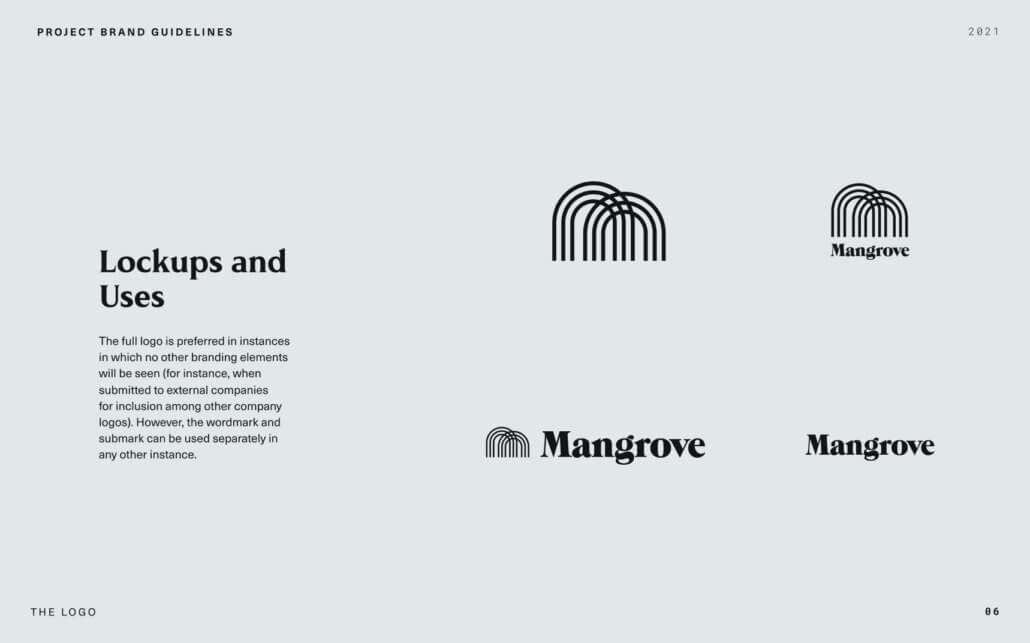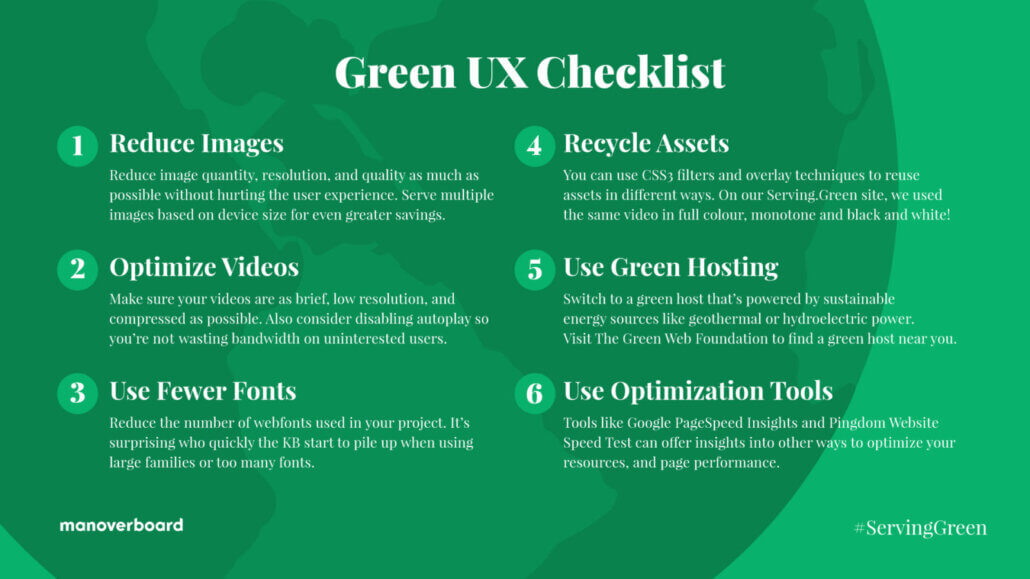How to Use CRM Data to Inform Nonprofit Website Design
Tips to help your organization design a website tailored to your audience

Many nonprofits fret about the best way to approach website design without realizing they have an incredible source of information and guidance available—their constituent relationship management systems (CRMs).
Your nonprofit’s CRM, also known as donor management software, holds valuable information about your donors, corporate sponsors, and other supporters. You can use this data to make more informed web design decisions that appeal to your audience and drive engagement.
This guide explores three tips for using CRM data to better inform your website design:
- Understand your target audience
- Develop customized supporter journeys
- Optimize your donation page
Taking a data-driven approach can help strengthen your business case for a website redesign. Your organization’s leaders will see that you have a clear plan in place to achieve a high return on investment for the project. Use the following tips to create a simple redesign process that makes the most of your nonprofit’s tools.
1. Understand your target audience
Your nonprofit’s audience members regularly provide feedback through the subtle ways they reveal their preferences and interests. For example, a donor who makes frequent Venmo donations using your website’s giving page reveals a preference for convenient mobile-friendly giving.
Your donor management system likely includes the following types of data you can use to learn more about your target audience:
- Demographics: Understanding the demographics of your audience can help shape your web design. Preferences can vary widely among different groups of users. For instance, some may prioritize visual content such as images and videos, alongside minimalist branding, while others might lean towards strong color contrasts, larger fonts, and accessible design features
- Communication preferences: Your CRM can store information about donors’ digital communication preferences, whether via email, social media, or text. Use this information to choose website features and integrations that appeal to your supporters. For example, you can integrate a social media feed into your website’s homepage or include prominent buttons to subscribe to your email newsletter.
- Accessibility considerations: Factors like supporters’ ages, preferred devices, whether they have a disability, and if they don’t speak English fluently can all inform what level of digital accessibility you strive for. By understanding supporters’ needs, you can design your website to appeal to their preferences. For example, if you know that a large portion of your audience speaks Arabic as their first language, you can ensure that users can view your website in either English or Arabic
Your nonprofit’s website doesn’t have to appeal to everyone, but it should be tailored to your audience’s preferences and ideally accessible to the widest user group possible. Using the data you have stored in your CRM, you can make small adjustments that add value to your website and increase engagement.
2. Develop customized supporter journeys
Using your CRM software, you can segment supporters into groups based on shared characteristics. From there, you can design user journeys tailored to your visitors’ intended actions.
For example, your website audience might include supporter journeys for:
- Donors: Donors would benefit from easily accessible links and buttons to your online donation page, testimonials and stories that reveal the positive impact of donations, and thank-you messages from community members and nonprofit staff.
- Volunteers: Streamline the volunteer journey by making your volunteer information and registration page easily accessible and including a robust online volunteer event calendar.
- Peer-to-peer fundraisers: Help prospective and current peer-to-peer fundraisers get their campaigns up and running with informational pages that include peer-to-peer fundraising tips and best practices.
- Corporate sponsors: Simplify the corporate sponsor journey by providing informational pages and buttons about how to sponsor events or submit a corporate donation.
Simplify the user journey for all audiences by creating homepage calls to action (CTAs) and a user-friendly menu. Your CTAs might take the form of buttons that link to different informational resources or forms. Meanwhile, your menu should include different links that speak to the needs of your primary audience groups.
Explore the Sierra Club Canada website, for example. In addition to a clear donation button, the homepage features a prominent CTA highlighting multiple ways to support the organization. Visitors who click are given additional details and can choose the most suitable path for them.

3. Optimize your donation page
When it comes to turning casual website visitors into true supporters, your online donation page is your most essential resource. Across the nonprofit sector, 19% of donors who land on an organization’s giving page end up making a gift.
Your nonprofit’s donation page conversion rate might be different, but one thing remains true across all charitable organizations: your CRM data can provide guidelines for optimizing your online donation page. Using a CRM integrated with your online fundraising tools, you can optimize the following aspects of your website’s donation page:
- Suggested donation amounts: Use past donation data to determine your average donation size. To set your suggested donation amounts, Bloomerang recommends that you “Base the lowest amount on your median donation amount to eliminate outliers, and set the other numbers at increasing intervals.” For example, if your median donation amount is $100, you could set suggested donation amounts of $100, $250, $500, and $1,000. Offering suggested donations makes it easier for donors to understand the type of donations your nonprofit is looking for, making them more likely to adjust their gift amount to align with the norm.
- Payment methods: Your CRM can also store information about donors’ preferred digital payment methods, whether credit cards, PayPal, Apple Pay, Venmo, or other options. Keep these preferences in mind when choosing payment options for your online donation page. Consider switching to a new payment processing platform if your current system does not offer donors’ preferred payment types.
- Specific programs donors like to support: If your nonprofit offers multiple funds to donate to, donors might express preferences for giving to certain areas. For example, perhaps you offer a volunteer program, community helpline program, and adult education classes. Consider adding donors’ preferred programs to your online donation page to give supporters greater flexibility over where to direct their generosity.
Track relevant metrics for your donation page, such as the conversion rate, number of visitors, bounce rate, and time spent on the page, to understand how effectively your adjustments drive engagement. Use these metrics, along with new CRM data, to continue optimizing your donation page over time.
Having the right tools will allow you to access valuable supporter data and refresh your website. If your organization’s CRM doesn’t allow for robust data collection, it could be time to look into a new system. Look for a platform that offers comprehensive donor profiles, segmentation tools, and interaction timelines for all supporters so you can scale up your efforts as your nonprofit grows.
For more web design inspiration, browse other past branding and web design projects.
This article includes tips from a consulting company that advises nonprofits.
Photo by Diego PH on Unsplash.
A Certified B Corp, Mangrove is a woman-owned website design and development company with a diverse, talented team distributed around the globe. We’ve been building websites since 2009 that amplify the work of change-making organizations and increase the competitive power of businesses owned by historically marginalized people.
If you found this post helpful, subscribe to our monthly newsletter for notice of future posts and other news from us.




